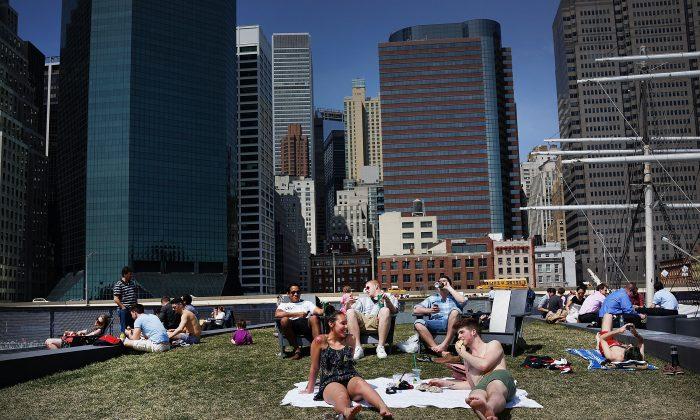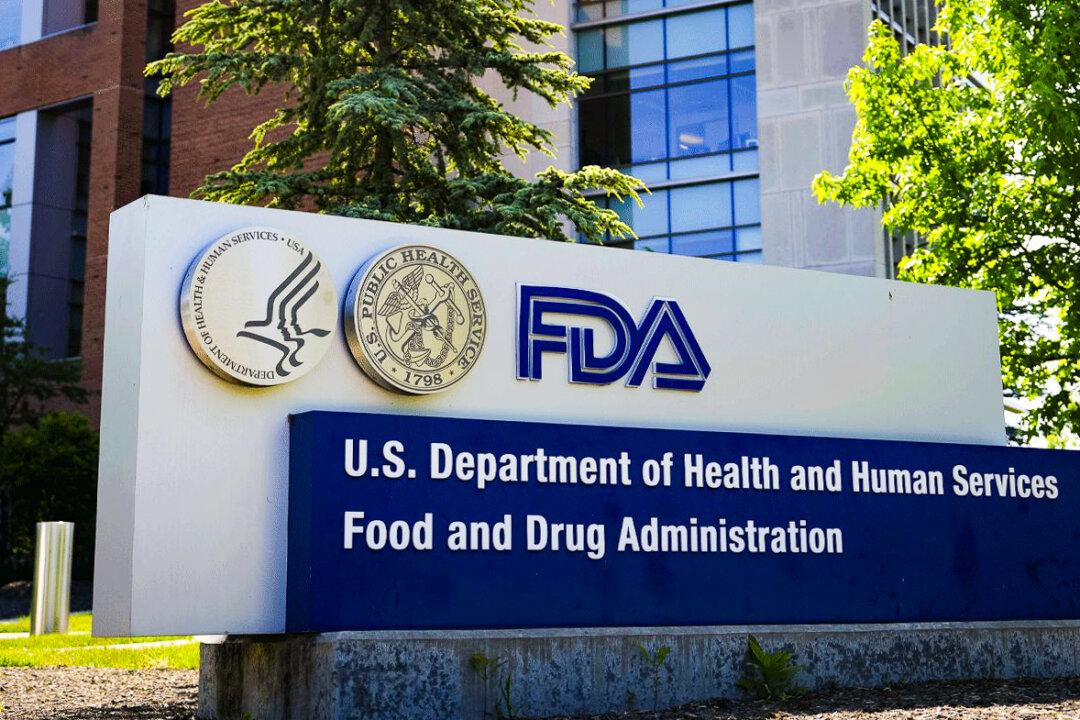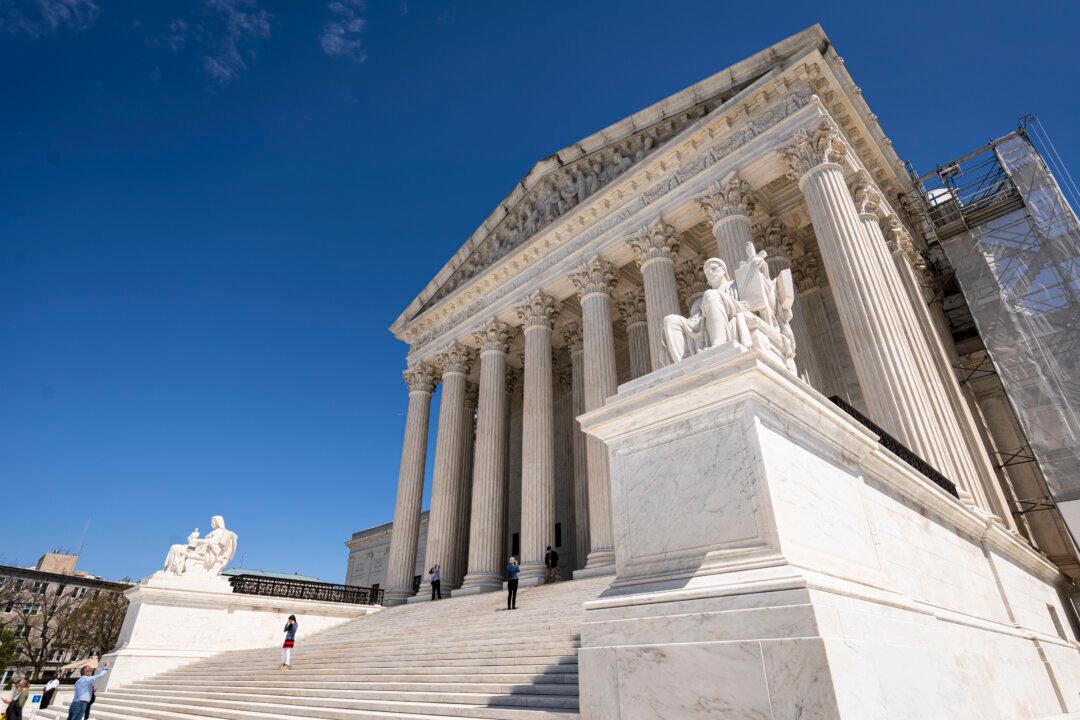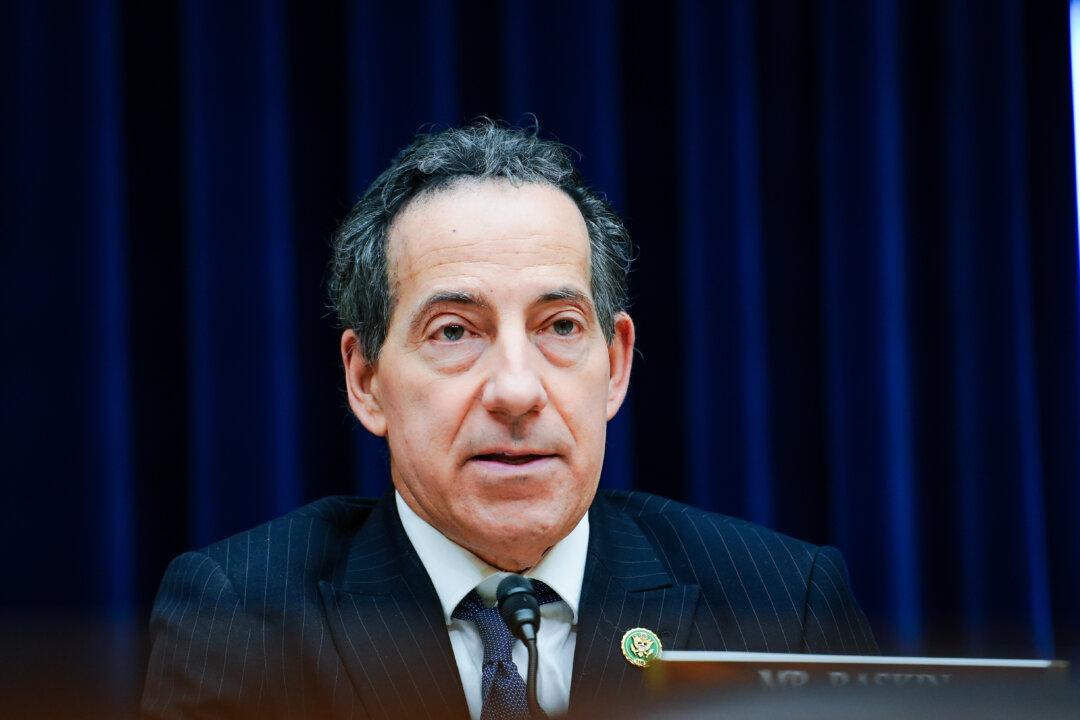Researchers at Columbia University project in a new study that higher and more extreme temperatures expected in the coming years will lead to more residents of Manhattan suffering.
Deaths linked to a warming climate could rise some 20 percent by the 2020’s and, “in some worst-case scenarios, 90 percent or more by the 2080’s,” according to the researchers in a study summary.
The team was made up of researchers from Columbia’s Earth Institute and Mailman School of Public Health.
The researchers say that the study is one of the most comprehensive looks at how the expected rising temperatures will affect a city, with data from all seasons and application to multiple scenarios.
“This serves as a reminder that heat events are one of the greatest hazards faced by urban populations around the globe,” said coauthor Radley Horton, a climate scientist at the Earth Institute’s Center for Climate Systems Research, in the study summary. Horton said potential dangers are seen in the record heat waves in the last decade, including the 2010 heat wave in Russia that killed around 55,000 people.
Average monthly temperatures increased by 3.6 degrees Fahrenheit from 1901 to 2000 in Manhattan’s Central Park, and 2012 was the warmest year on record. In 2010, 2011, and 2012, temperatures rose at one point or more above 100 degrees Fahrenheit. Projections for future temperatures include 3.3 to 4.2 degrees Fahrenheit increases by the 2050’s and 4.3 to 7.1 degrees Fahrenheit by the 2080’s.
At the same time, the last several years attest to the unpredictability of the weather, too, with a warm winter in 2011 but an extended one, with much of March still cold, in late 2012 going into 2013.
And while heat related deaths are predicted to rise about 20 percent by sometime in the 2020’s, cold-related deaths are predicted to decrease by about 12 percent, lowering the net result.
The best-case scenario predicts temperature-related deaths climbing to about 500 a year by the 2050’s and the worst-case scenario outlines more than 1,000 deaths a year by then.
“I think this points to the need for cities to look for ways to make themselves and their people more resilient to heat,” said senior author Patrick Kinney, an environmental scientist at the Mailman School and Earth Institute faculty member.
Some factors are uncertain, including how much those living in Manhattan age as a whole, and how well the city adapts infrastructure, such as continuing to make roofs more reflective.






Friends Read Free